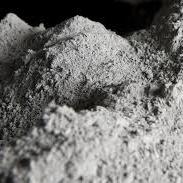Premium silicon nitride for ceramics, refractories, and electronics. Exceptional quality, reliable supply, and competitive rates.


Why Choose Jatujakguide?
KNOW MORE ABOUT US
As a leader in industrial innovation jatujakguide.com has an expansive inventory that includes a wide range of silicon nitride materials. The products of jatujakguide.com are used throughout ceramics, refractories, and electronics industries.
BEST SELLER
FEATURED PRODUCTS
CUSTOMER REVIEWS
Words from Satisfied Shoppers
Latest News






